Ancient news stories
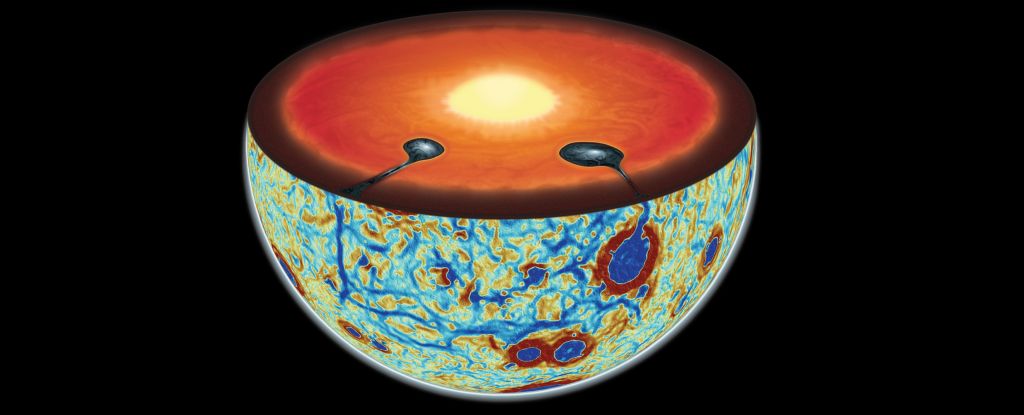
The Moon is a great whackin’ oddball in the sky, and scientists may have just figured out part of the reason why. Its surface is chemically asymmetrical, and new evidence suggests that’s because the Moon’s mantle flipped topsy-turvy upside-down when the Moon was only young. What was on top of Earth’s satellite went underneath; what was below came out into the light.
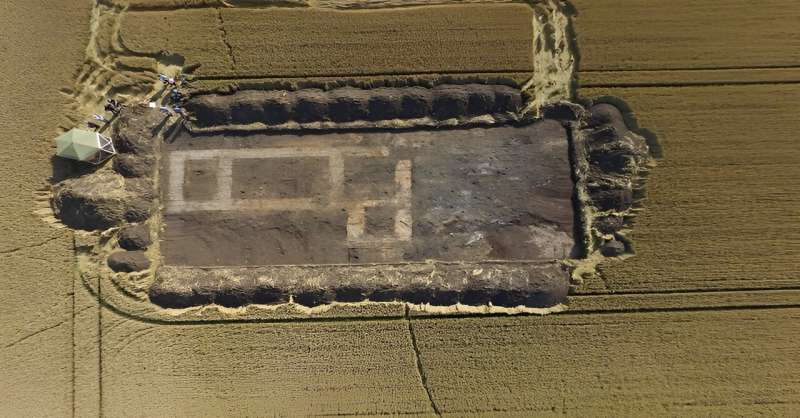
Archaeologists from Newcastle University have unearthed evidence for an evolving sacred landscape spanning centuries in Crowland, Lincolnshire. The study is published in the Journal of Field Archaeology.
Fossils of two strange creatures found in northeastern China show the earliest dental diversification among ancestors of mammals. One of the species, Feredocodon chowi, was found in the Daohugou Formation in Inner Mongolia. The rocks in which they were found date to the Middle Jurassic (174–163 million years ago). Two specimens assigned F. chowi were examined in a paper published in Nature.
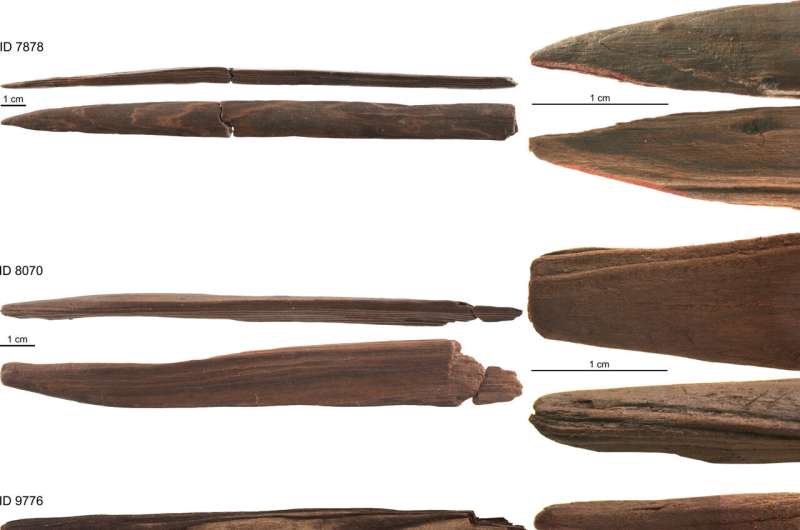
Early humans used sophisticated crafting techniques such as “wood splitting” to hunt and to clean animal hides, a new study has revealed.
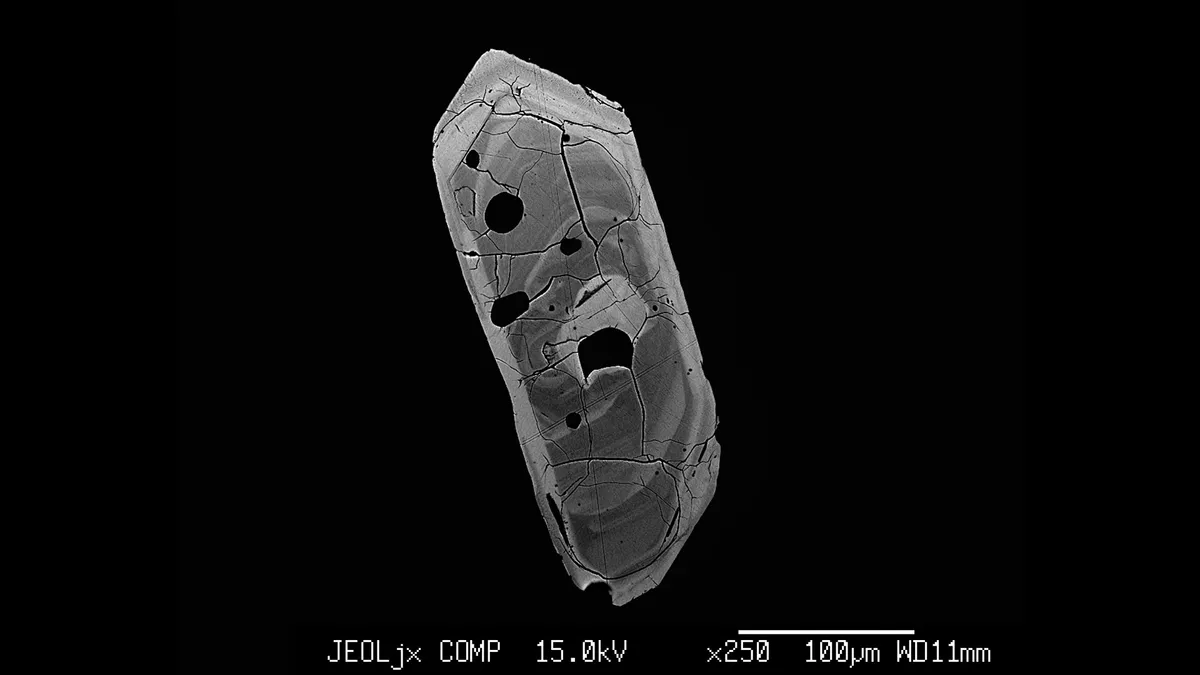
Finland’s river crystals hold clues about the formation of ‘Scandinavia’s’ oldest bedrock 3.75 billion years ago. The analysis revealed that part of the crust is about 250 million years older than scientists previously thought, and that it likely originated in Greenland, according to a University of Copenhagen statement released March 21. See the study here.
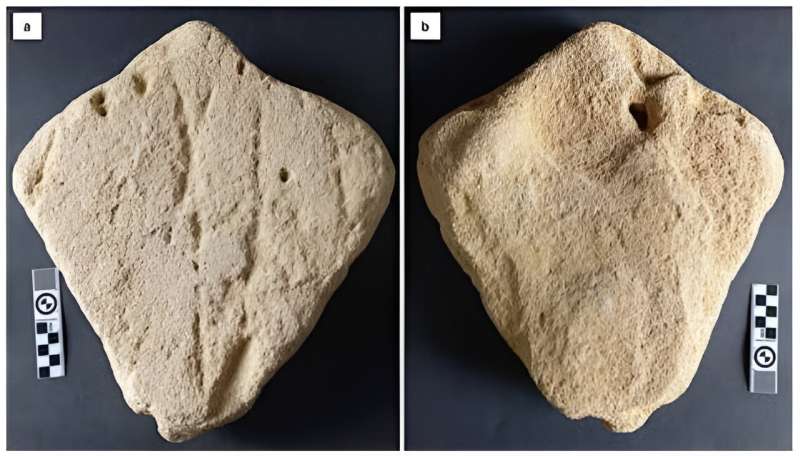
South Africa’s Cape south coast offers many hints about how our human ancestors lived some 35,000 to 400,000 years ago during the Pleistocene epoch. These clues are captured in the dunes they once traversed, today cemented and preserved in a rock type known as aeolianite. See the study here.
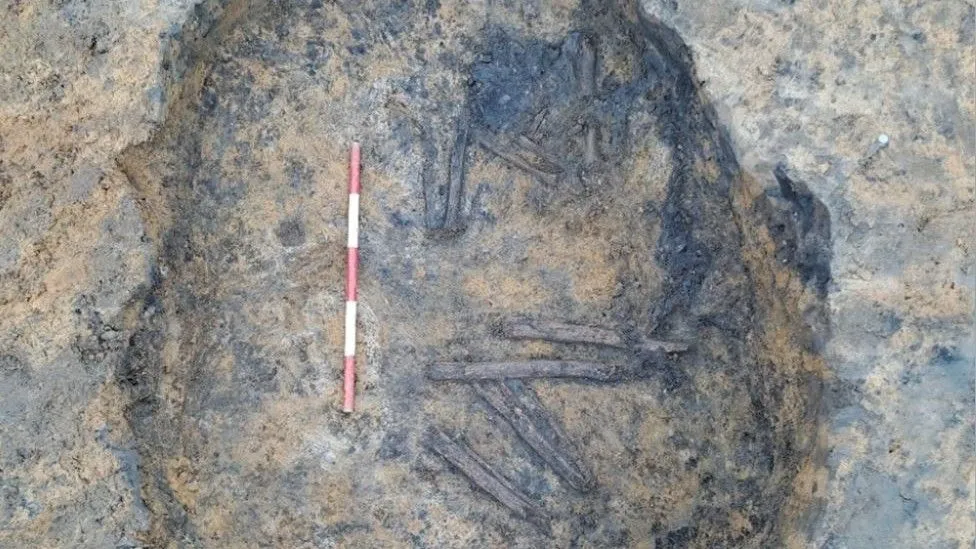
A burial monument with human remains thought to be about 4,500 years old has been discovered in East Yorkshire.

Scientists studying rocks in South Africa report evidence for the earliest known earthquake triggered by plate tectonics. The temblor struck more than 3 billion years ago.
These particles are like celestial time capsules, providing a snapshot into the life of their parent star,” says Dr Nicole Nevill, lead author of a study published today in the Astrophysical Journal.

Ötzi the Iceman’s many tattoos were made by “hand-poking” — a manual version of the tattooing technique usually used today — and not by cutting his skin as some researchers have suggested, according to a new study.
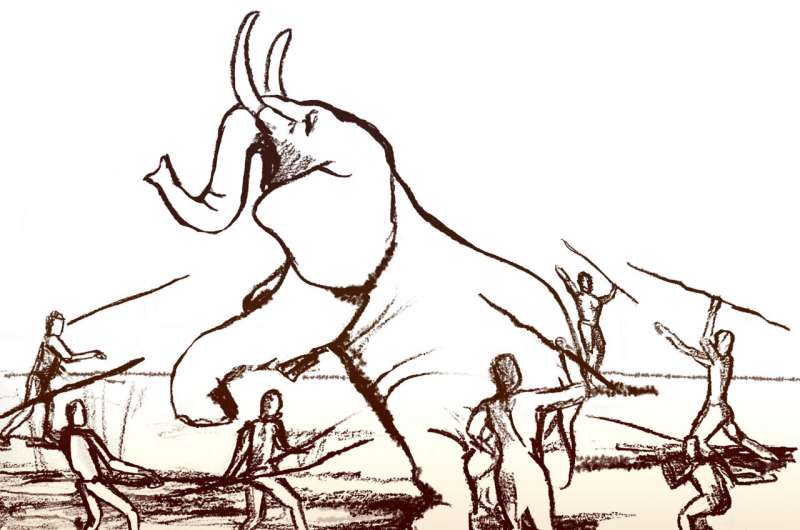
Archaeologists from Tel Aviv University have uncovered the mystery surrounding extensive Paleolithic stone quarrying and tool-making sites: Why did Homo erectus repeatedly revisit the very same locations for hundreds of thousands of years? The answer lies in the migration routes of elephants, which they hunted and dismembered using flint tools crafted at these quarrying sites. See the study here.
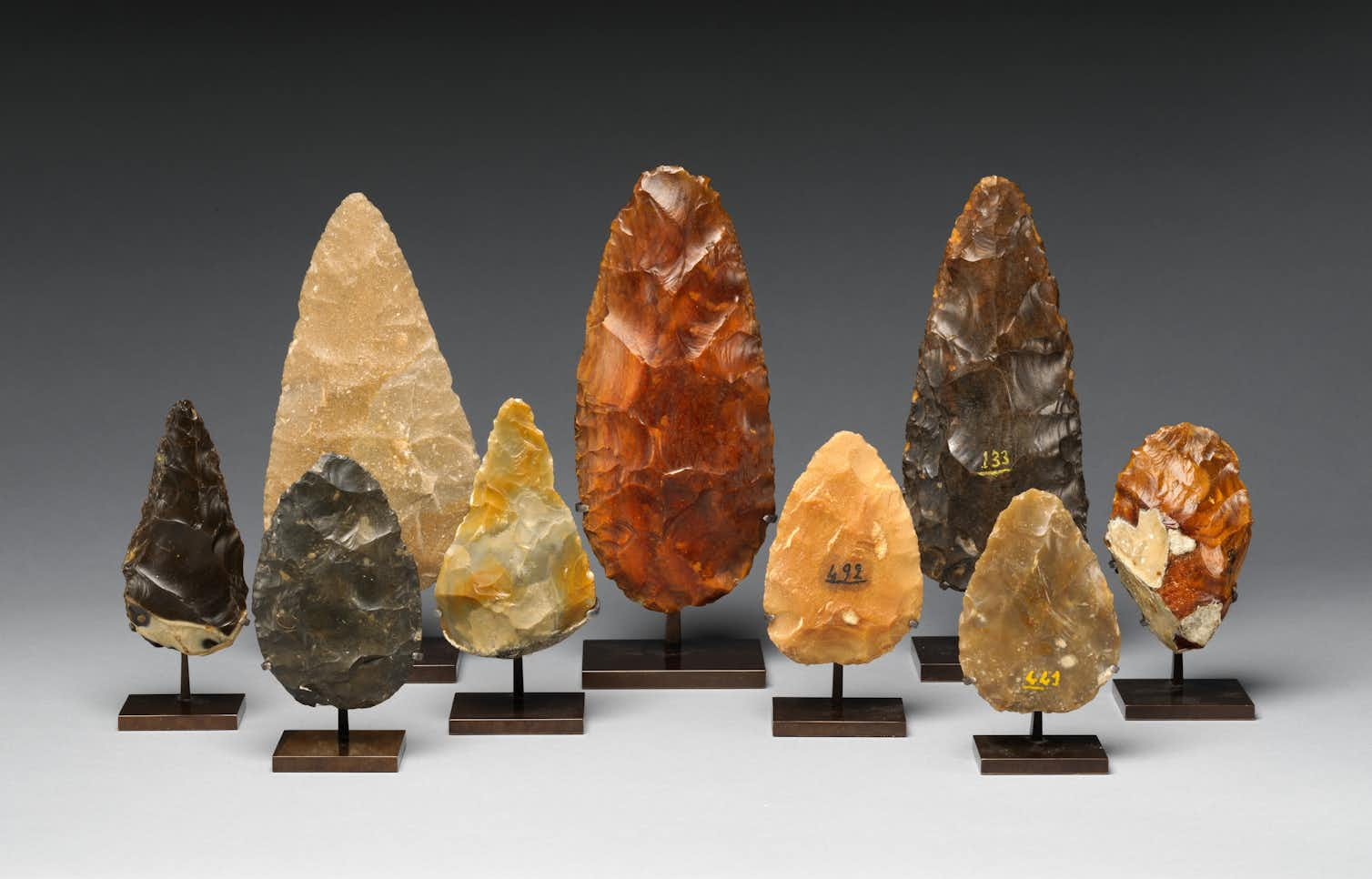
Neanderthals had big brains, language and sophisticated tools. They made art and jewellery. They were smart, suggesting a curious possibility. Maybe the crucial differences weren’t at the individual level, but in our societies.
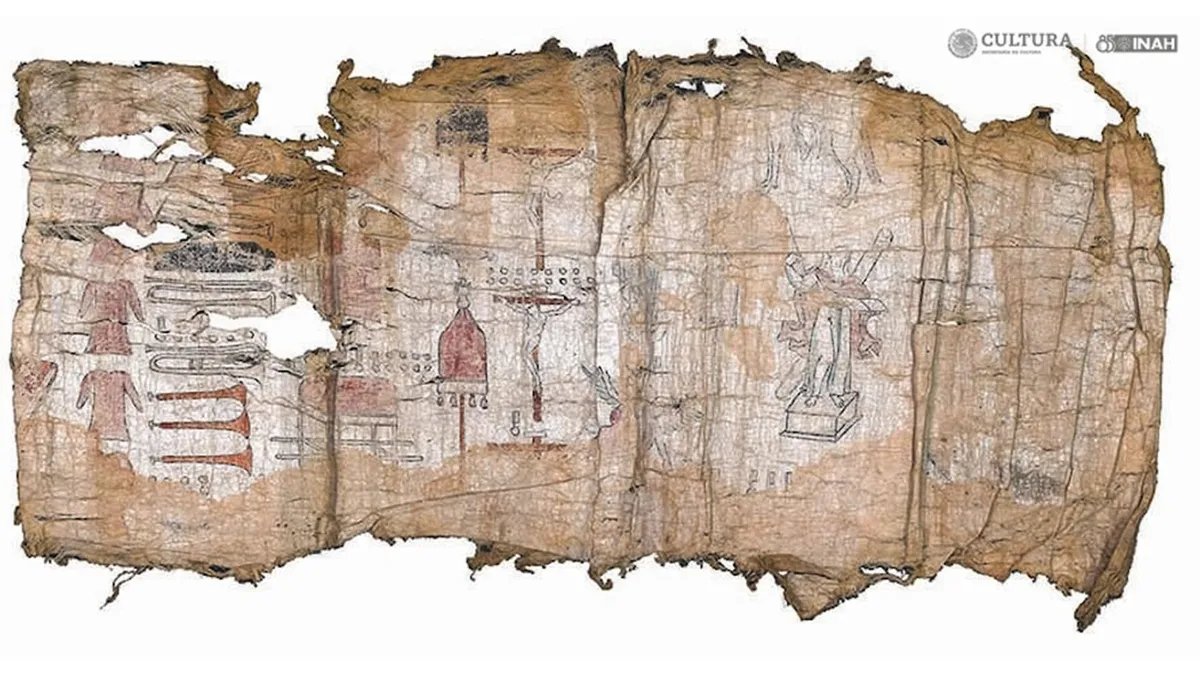
Centuries-old codices from what is now Mexico hold a wealth of knowledge about the Aztecs in their native language, including details about the founding of their capital, their conquests and their fall to the Spanish, according to Mexico’s National Institute of Anthropology and History (INAH).
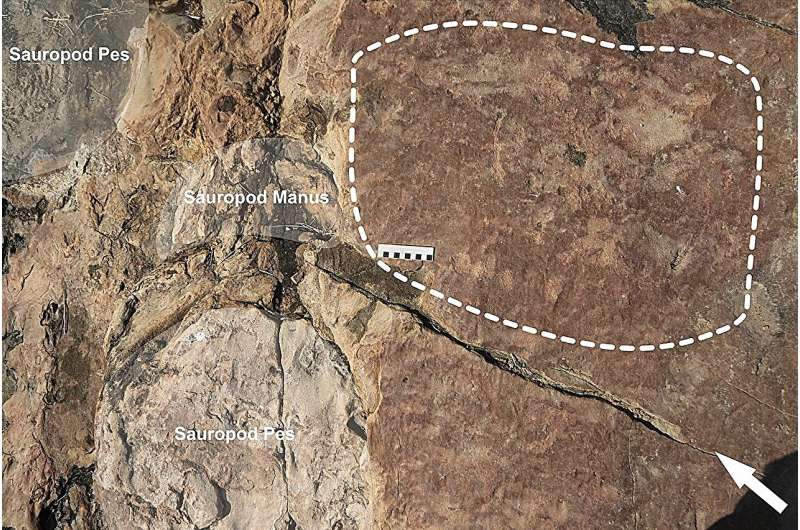
In their project, reported in the journal Scientific Reports, the group studied petroglyphs made between 3,000 and 9,000 years ago.
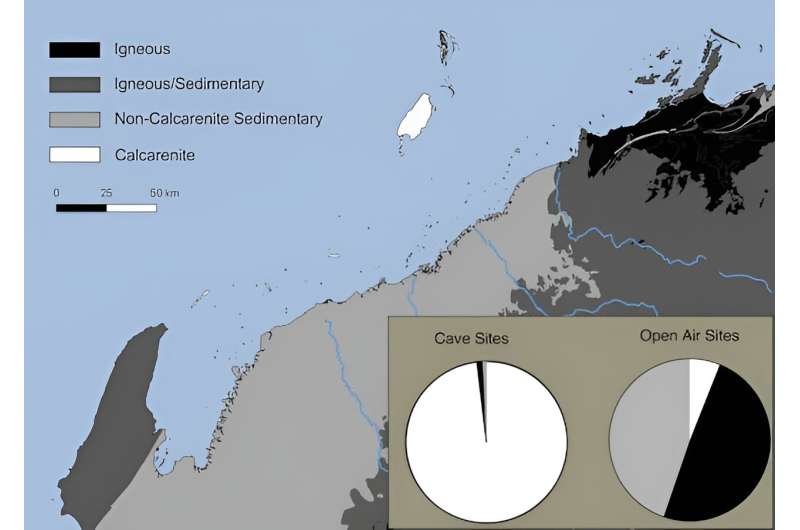
New research, published in Quaternary Science Reviews, shows that Aboriginal people repeatedly lived on portions of this coastal plateau. We have worked closely with coastal Thalanyji Traditional Owners on this island work and also on their sites from the mainland.

A new study combining genetic, paleoecological, and archaeological evidence has unveiled the Persian Plateau as a pivotal geographic location serving as a hub for Homo sapiens during the early stages of their migration out of Africa.








